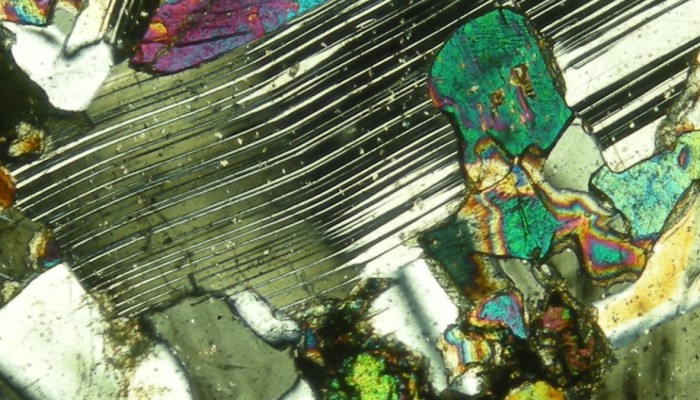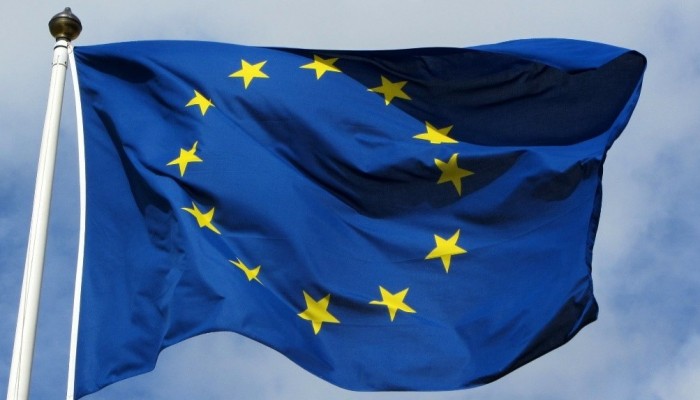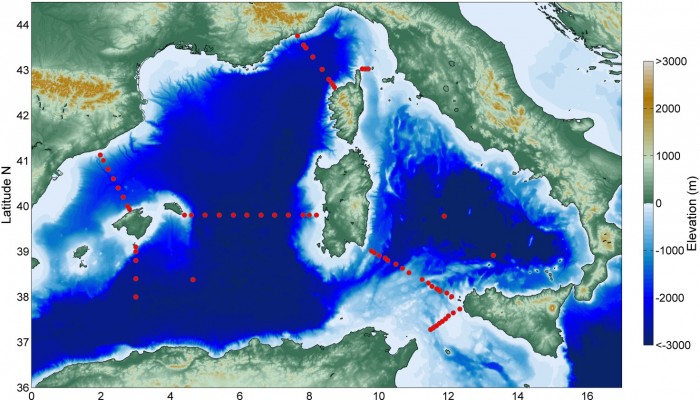As part of a long-term effort to modernise EGU’s overall look, today we are introducing a new EGU logo. You will find the new logo on all EGU websites (including General Assembly and journal websites) and social media pages, as well as in Vienna in April, at the EGU 2016 General Assembly. The new logo retains elements of the previous one, including the circle with a tilted axis representing the Ea ...[Read More]
Imaggeo on Mondays: What a thin section has to say about the deformation of the Zagros Mountains

The impressive Zagros Orogeny, as seen from a bird’s-eye view, has featured on Imaggeo on Monday’s blog posts a few times recently. From its fluvial dissection features, through to a false colour LANDSAT 7 image which reveals a velociraptor hiding among fold and thrusts, we’ve looked at the broad scale structures which shape the Zagros mountains. This week, the scale changes entirely: we zoom righ ...[Read More]
GeoPolicy: What science policy & the European Union mean to EGU members
Since joining the EGU over a month ago as the Union’s Policy Fellow, Sarah Connors, has been hard at work getting to grips with the political landscape of the European Union and the role Earth scientists and EGU members at large can play in policy making. This is post the first of the new GeoPolicy Column. During her one year term Sarah will regularly contribute content to GeoLog on all things pol ...[Read More]
Cruising the Mediterranean: a first-hand account of a month at sea – Part 1
Simona Aracri, a PhD student at University of Southampton, spent a month aboard the research vessel, R/V Minerva Uno, cruising the Mediterranean Sea. Simona and the team of scientists aboard the boat documented their experiences via blog. Over the coming weeks we’ll feature a few of the posts the team shared over the one month voyage: you can expect to find out what life aboard a large research ve ...[Read More]


